Peter Warren joins the regular Midlands walks often, delighting in the differences each season brings to our grasslands and forests. He reports on some of the flowers spotted during the February walk on Gartmore in Karkloof.
Water mint (Mentha aquatica). I have only ever seen this growing in the water, previously.
Leafy Flowered Ipomoea ( Ipomoea crassipes var. crassipes) is one of the indigenous morning glories. Sometimes the flower is mauve as well.
The next two are interesting because both are KZN endemics (as Gareth suggested) and concentrated in the Midlands. The first is Small White Poker (Kniphofia buchananii). I do not know what the bugs are but it would be very interesting to find out. (Ed’s note: Beetles are probably Fruit Chafers)
The second is Slender Poker (Kniphofia laxiflora). and not K. gracilis as I wrongly thought while on the walk. I have only seen these in the boulder fields around Yarrow Falls although it is not considered particularly rare. (Ed: learn more about K. laxiflora at http://www.dargleconservancy.org.za/wildflowerarchive/wfa032013.php)
The Hibiscus is what you correctly identified as Common Dwarf Wild Hibiscus (Hibiscus aethiopicus)
The grass parasite is always very pretty – Silvery Sopubia (Sopubia cana var. cana)
Fishbone Dwarf Cassia (Chamaecrista mimosoides) Very much indigenous but has a global widespread distribution.
The next is a puzzle to me because there appear to be only two Thunbergia creepers, Back Eyed Susan (T. alata) and White Thunbergia (T.pondoensis). It is not the former, so it must be the latter however it is not reported in this region. I have tracked the controversy back to 1906 and there does not appear to be any progress since then. Until it can be resolved I will stay with my tentative identification. (Ed’s Note: What about Thunbergia dregeana?)
There were lots more I did not photograph including the small yellow pea with the red stripes. I thoroughly enjoyed the walk.
Next walk to Yarrow Falls in Karkloof will take place on Wednesday 5 March. Contact Robyn to book 082 802 8949 www.karkloofconservation.org.za
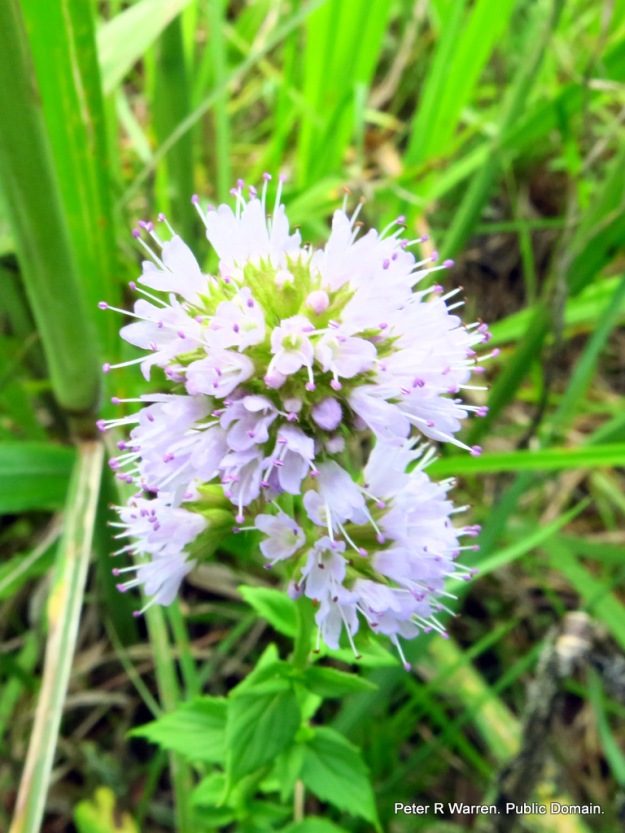
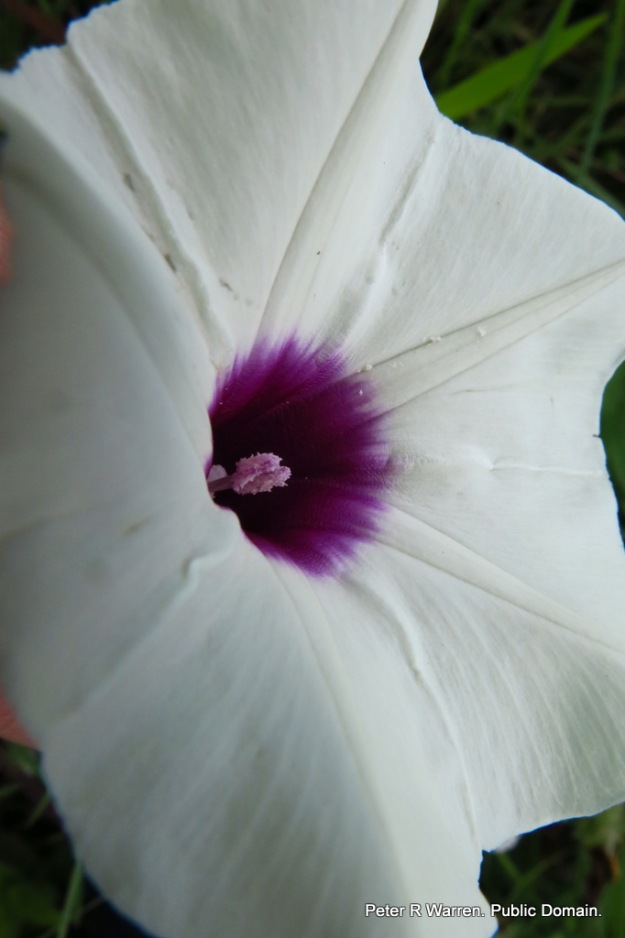
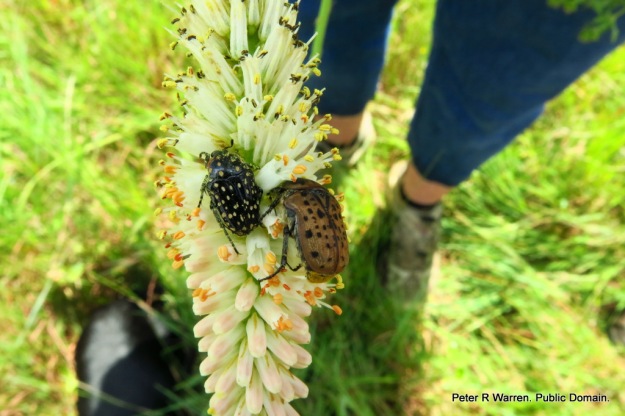
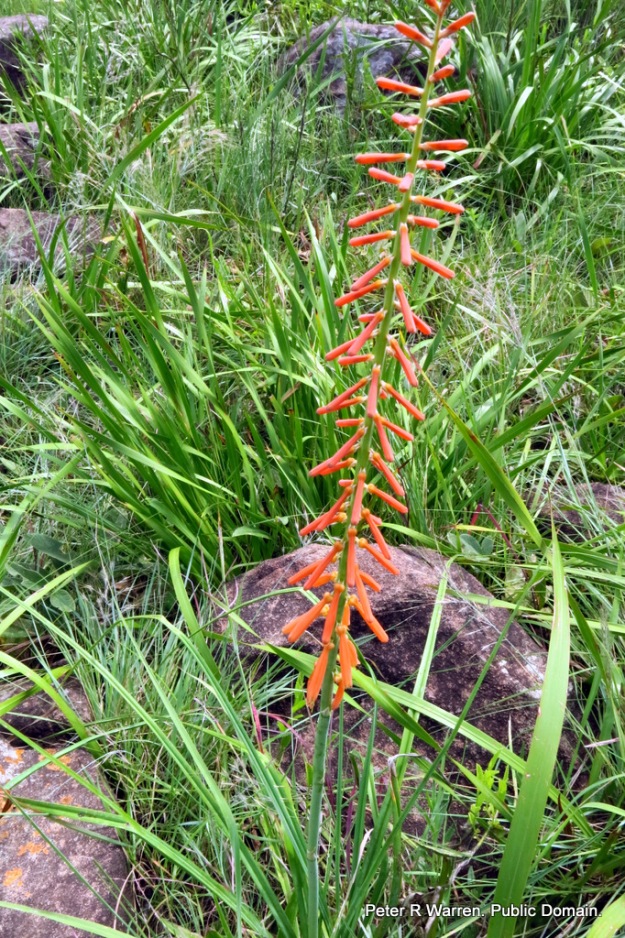
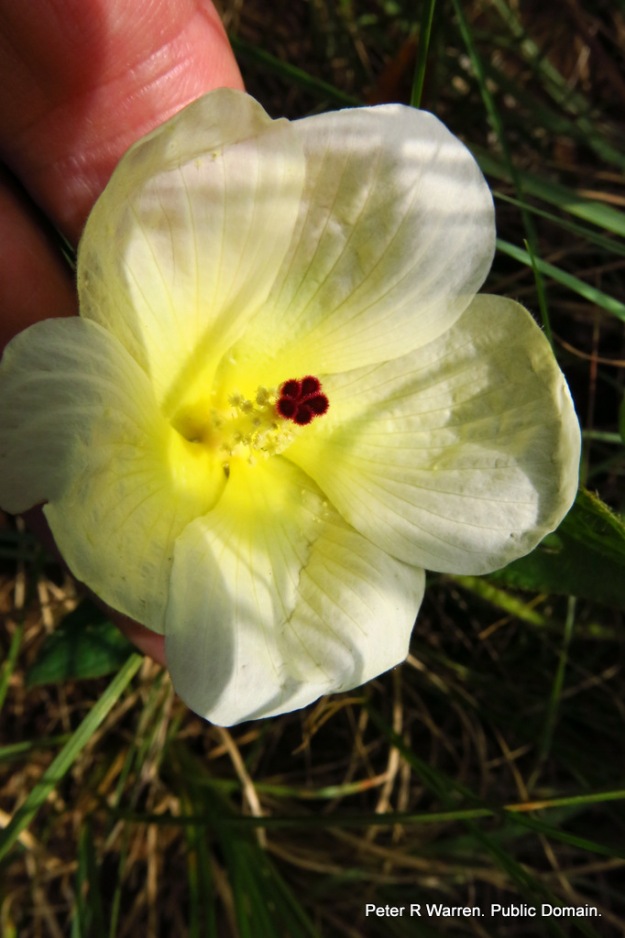
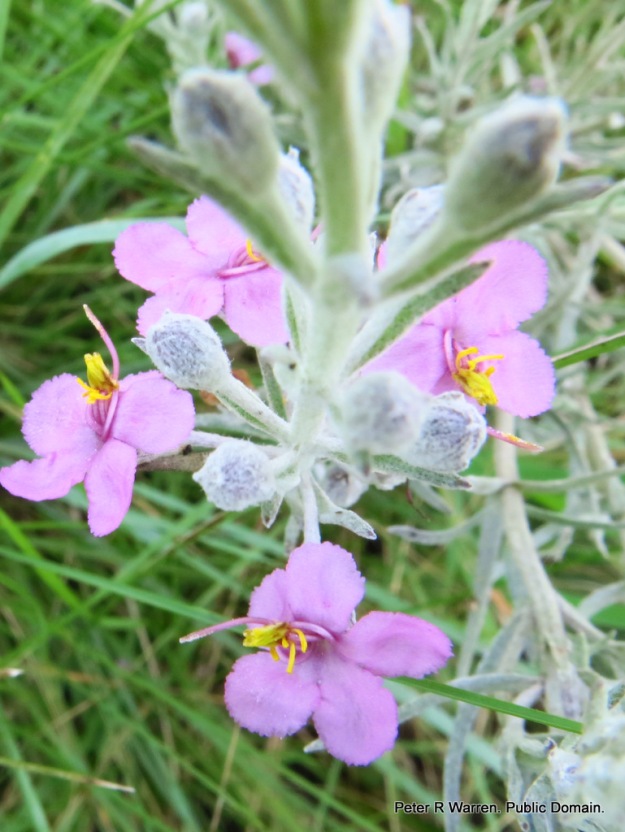
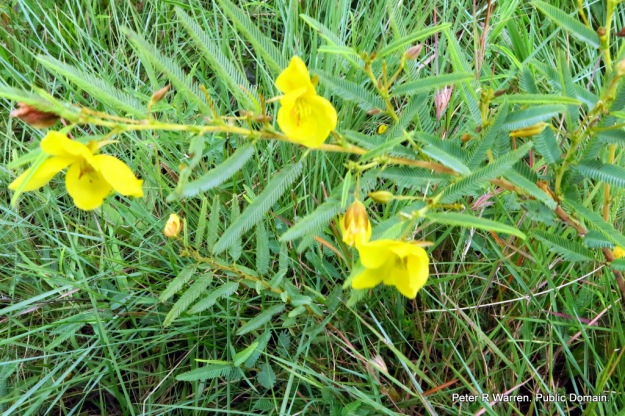
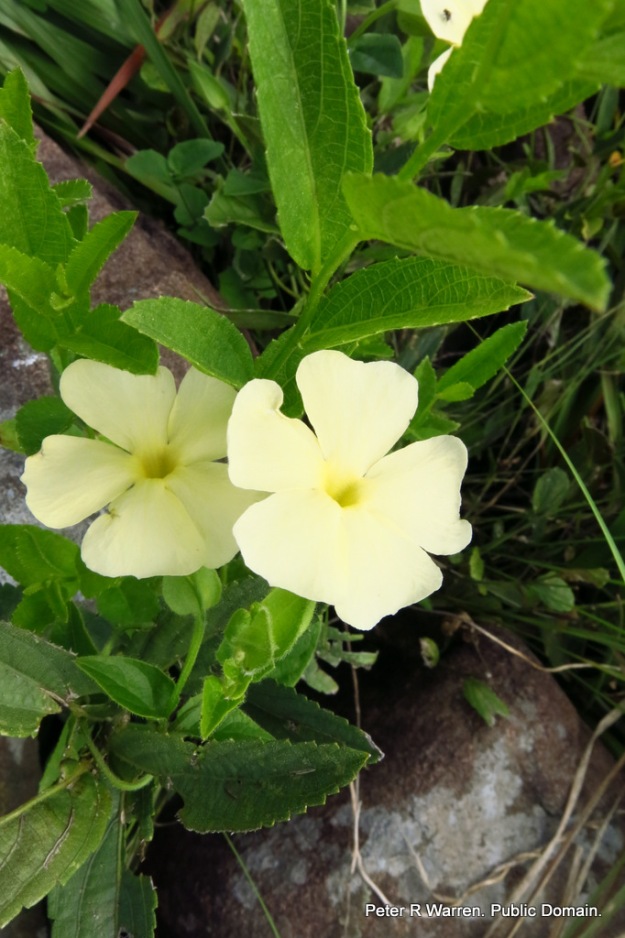
The commentary with photos is thoroughly enjoyable and to be commended. The interaction from the editor is welcome and the dialogue is most sympathetically received as being exactly what one experiences while out wildflower fossicking
LikeLike
This is a super blog and so informative – thanks Peter and Nikki. Pam Haynes (Friend of Symmonds Stream)
LikeLike
Thanks Peter! You are such an asset to the Midlands. You are incredibly thorough, take gorgeous pictures and document the biodiversity wonderfully. Robyn really appreciates the input that she receives from her regular walkers who have a botanical heart and mind.
LikeLike
The confusion between T. dregeana and T. pondoensis goes back a long way to 1906 in NATAL PLANTS V4.BY J.MEDLEY WOOD. My observations show a plant that twirls around sticks and tree trunks and is a creeper while Pooley refers to T. dregeana as scrambler, But is shown as a creeper in Flora of Zimbabwe. So I starting to come round to Nikki’s point of view.
And thanks Nikki for the comments, it makes the blog a alive discussion.
LikeLike
Superb photography, especially enjoyed the real close ups, and the lively dialogue.
LikeLike
thanks Meriel, I really appreciate your positive comments.
LikeLike